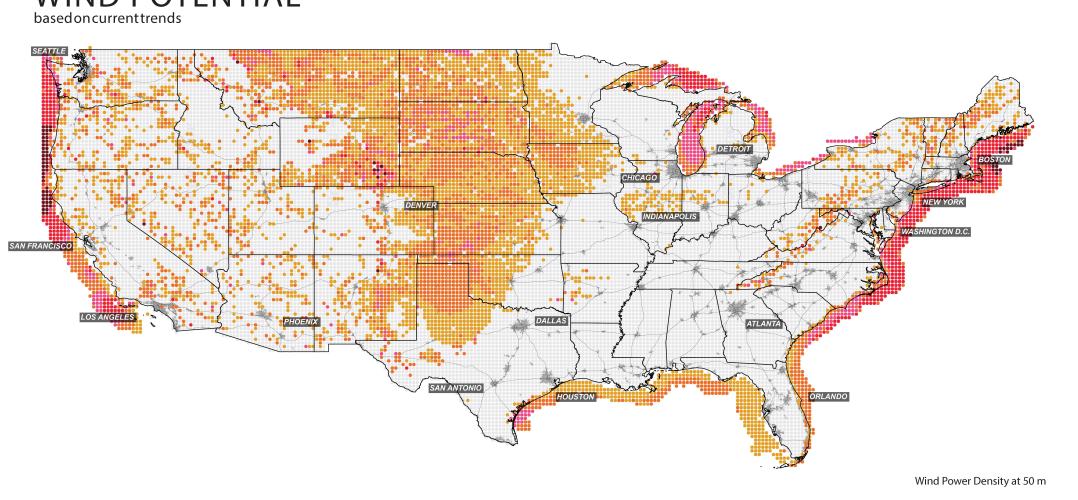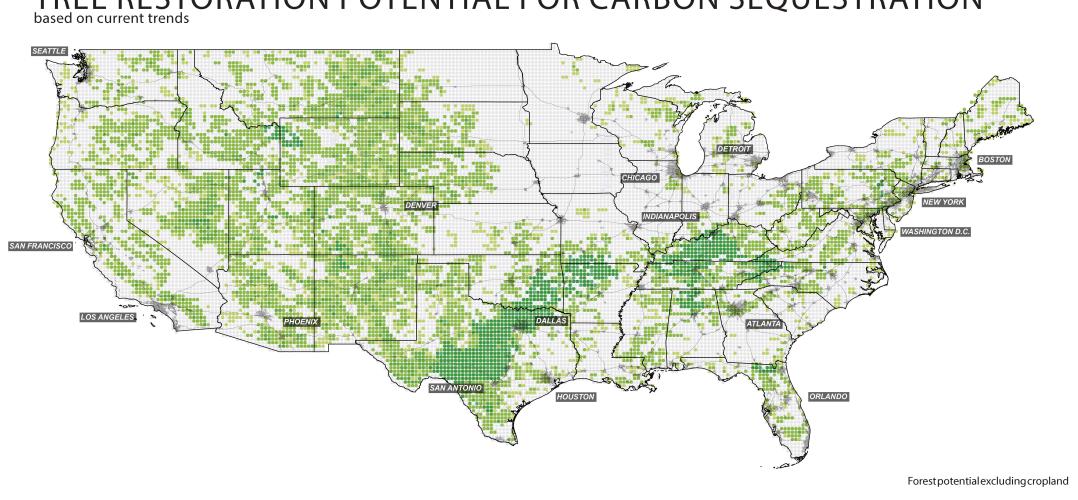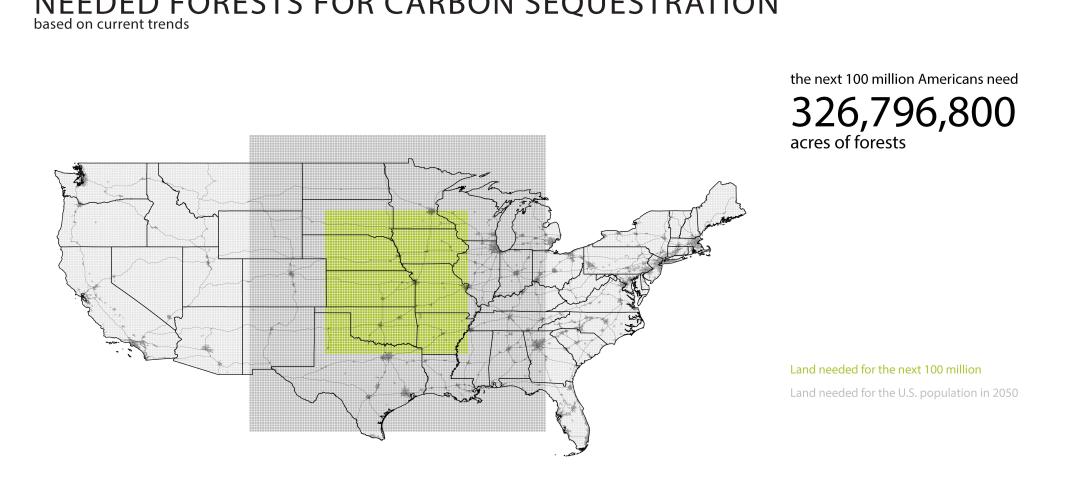Join our mailing list and receive invitations to our events and updates on our research in your inbox.
News + Events

America after Climate Change, Mapped
“These are things that the country can take on together if and when it decides to make the climate crisis the sort of generational investment it deserves to be,” said Fleming.

Illustrating the massive scale of America's decarbonization challenge
The scale of the problem—and, frankly, of the solutions—is daunting, to be sure. But it is a challenge that the researchers at The McHarg Center are embracing whole-heartedly. The center has emerged as perhaps the most visible pro-Green New Deal apparatus in the design field, a fact highlighted earlier this year when Fleming and others at McHarg joined forces with The Architecture Lobby and others to organize the Designing the Green New Deal symposium. In the months since, the center has contributed research to the recently unveiled Green New Deal for Public Housing Plan proposed by Vermont Senator Bernie Sanders and New York Representative Alexandria Ocasio-Cortez. These and other efforts are part of a larger push on the part of Fleming and others to reinvigorate the design community’s imagination with regards to how design and climate change coincide.

An Atlas for the Green New Deal
As a world leader in landscape architecture, the Stuart Weitzman School of Design has a history of uniting spatial expertise and imagination to tackle ideas in both design and environmentalism. In addition to ongoing research activities and offering a “Designing a Green New Deal” landscape architecture studio this fall, the McHarg Center also recently hosted the largest climate event in the history of Penn.

The United States gets a new kind of atlas
The McHarg Center has emerged as a hub for thinking on the Green New Deal: In the fall, the center hosted a symposium called “Designing a Green New Deal” featuring landscape architects and scientists in conversation with people such as writer Naomi Klein and policy lead Rhiana Gunn-Wright. In November, it released a series of briefs alongside Data for Progress in support of Sanders’s and Ocasio-Cortez’s Green New Deal for Public Housing proposal.